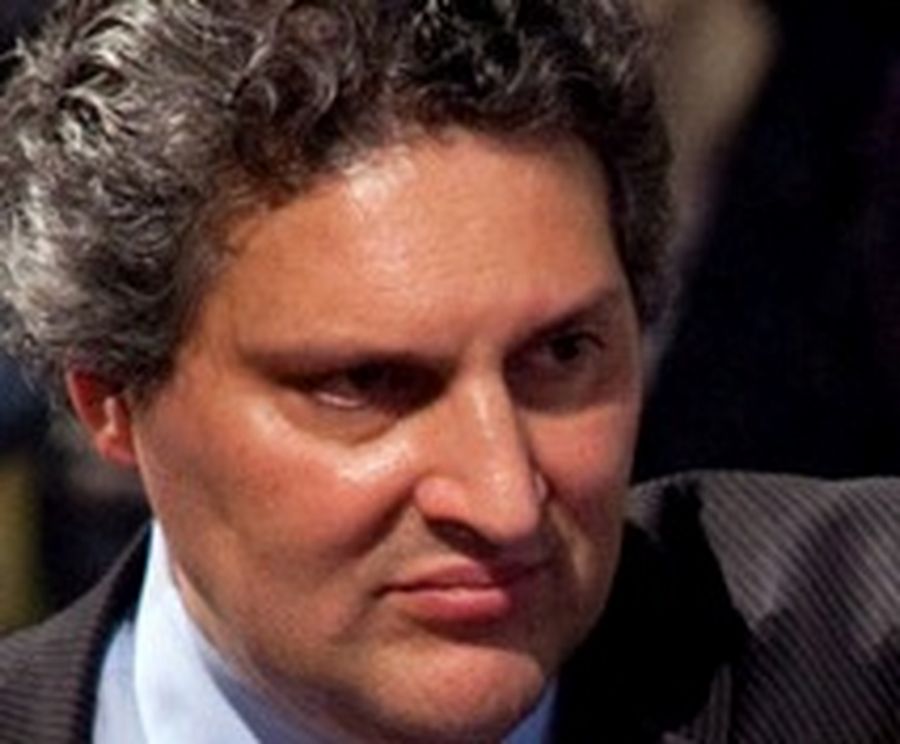
At the risk of being dark and depressing around the traditional season of goodwill, there’s not really a whole lot for the professional market to look forward to in 2011.
The coming year is expected to be one of uninspiring economic growth at best in the developed world marked by fiscal tightening, ongoing high unemployment, and consumer gloom, all positioned precariously under the shadow of a potential eurozone sovereign debt bail-out and a follow-on banking crisis.
Under such circumstances, the populist hype from G7 policymakers about a recovery being around the corner rings rather hollow.
Is anyone really convinced by their attempts to scare us into spending and borrowing now – or more to the point borrowing in order to spend – using the spectre of higher rates and inflation down the track? Lending statistics would suggest not.
Also, who genuinely buys their absurd and reckless contention that it’s our responsibility to act now in the interests of underpinning a consumer-led economic recovery that will be better for us all in the long run? It just doesn’t come across as credible.
The markets feel agitated and sentiment feels fragile. There does continue to be a lot of liquidity out there, and a lot of that is making its way into equities, which is causing alarm in some quarters.
Albert Edwards, the Societe Generale strategist who famously and solidly has been an equity bear since 1996, is as nonplussed as ever.
“I’ve been doing this job long enough to recognise when the markets are entering a new phase of madness that leaves me scratching my head with bemusement. The notion that we are in a sustainable economic recovery is as ludicrous as it was in 2005–2007. But investors are back on the dance floor, waltzing their way towards the next, inevitable implosion – yet another they will no doubt claim in retrospect was totally unpredictable,” he moaned in his December 16 outlook.
In the confined world of capital markets, there’s an additional issue that has received far too little focus despite the fact it’s been bubbling away all year: 2011’s huge financing mountain.
Over and above all of the macro negatives listed at the top, how’s this for another potential flash point: a US$5trn government borrowing requirement in the US and Europe, a US$1trn refinancing requirement by US and European banks – Spain alone (government and banks) needs US$300bn – plus, on the corporate side, LBO and commercial real estate refinancing risk.
A bit like the eurozone debt issue, commercial real estate debt is a ticking time bomb. There’s about US$1trn of commercial mortgage debt rolling off over the next two years or so, much of which is at risk as bank lenders force radically tighter loan-to-value conditions and higher rates on borrowers in the almost complete absence of a functioning CMBS market.
There’s a real danger that not all of this financing will be do-able. In fact, you’d almost put your money on some borrowers being priced out of the market or, put differently, denied access to the market as bond investors get their heads around the magnitude of the problem, figure out that pricing power rests with them and hike their return expectations and start to charge vulnerable borrowers nosebleed spread premiums.
Weak banks in vulnerable eurozone economies don’t look much like sound investment prospects. If bond investors give you the cold shoulder and your lender of last resort is destitute, in technical parlance, you’re screwed. And on the basis that there’s no loyalty in a crisis, depositors will also vote with their feet. Game over.
The Institute of International Finance is already pointing to heightened short-term funding pressures on weaker European banks, as well as wider euro/dollar swap spreads (evidencing dollar funding pressures).
The think tank-cum-bank lobby group referred to the fact that 10-year government bond yields of Greece, Ireland, Portugal and Spain were trading wider than the EMBIG emerging market bond index as unprecedented. Chilling, more like.